Kievan Rus
Origins
The origins of Kievan Rus can be traced back to the 9th century, when Varangians, also known as Vikings, established control over local Slavic and Finnic tribes. The Varangians were led by a semi-legendary figure, Rurik, who is considered the founder of the Rurik Dynasty. The dynasty ruled over Kievan Rus and its successor states until the 16th century.
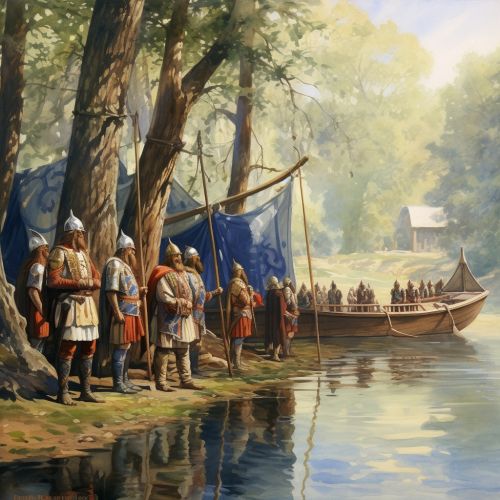

Formation and Expansion
In the mid-9th century, Rurik's successor, Oleg of Novgorod, moved south and conquered Kiev, which was a prosperous trading center on the Dnieper River. This marked the beginning of the state of Kievan Rus, with Kiev as its capital. The state expanded rapidly under the rule of Oleg and his successors, reaching its zenith in the 10th and 11th centuries.
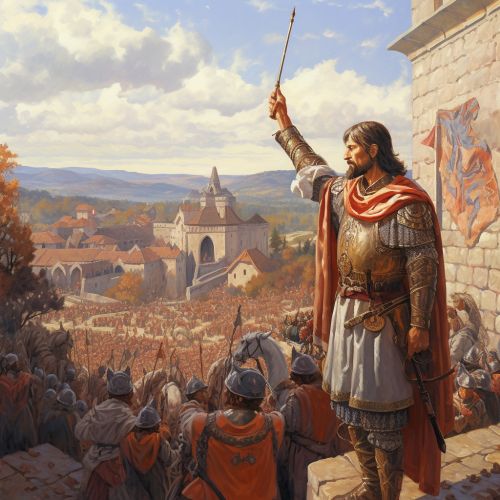
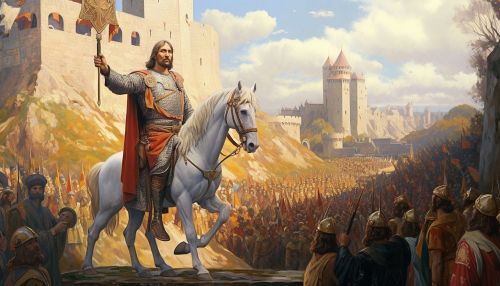
Conversion to Christianity
In 988, Vladimir the Great, the ruler of Kievan Rus, converted to Christianity and made it the state religion. This event, known as the Baptism of Rus, had profound cultural and political implications. It marked the beginning of the Christianization of the East Slavs and the integration of Kievan Rus into the cultural sphere of Byzantine Empire.
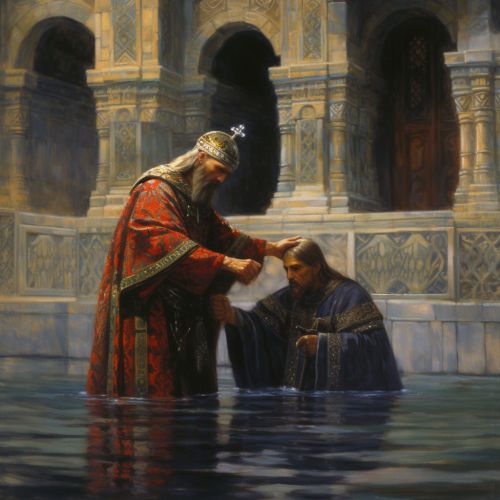

Decline and Fragmentation
The decline of Kievan Rus began in the late 11th century, following a period of internal strife and external invasions. The state fragmented into several principalities, each ruled by a member of the Rurik Dynasty. The fragmentation was exacerbated by the Mongol invasion in the 13th century, which resulted in the destruction of Kiev and the establishment of the Mongol-dominated Golden Horde over much of the former territory of Kievan Rus.
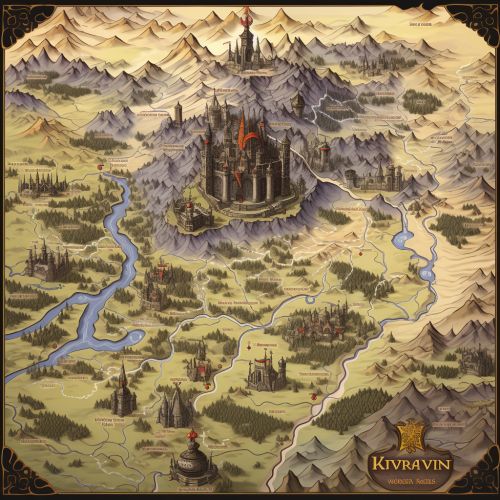

Legacy
Despite its decline and fragmentation, Kievan Rus left a lasting legacy. It laid the foundation for the national identities of three Eastern Slavic nations: Russia, Ukraine, and Belarus. The Orthodox Christianity introduced by Vladimir the Great remains the dominant religion in these countries. The legal code of Kievan Rus, known as Russkaya Pravda, influenced the legal systems of later East Slavic states.


